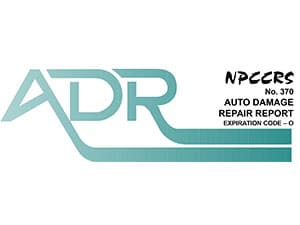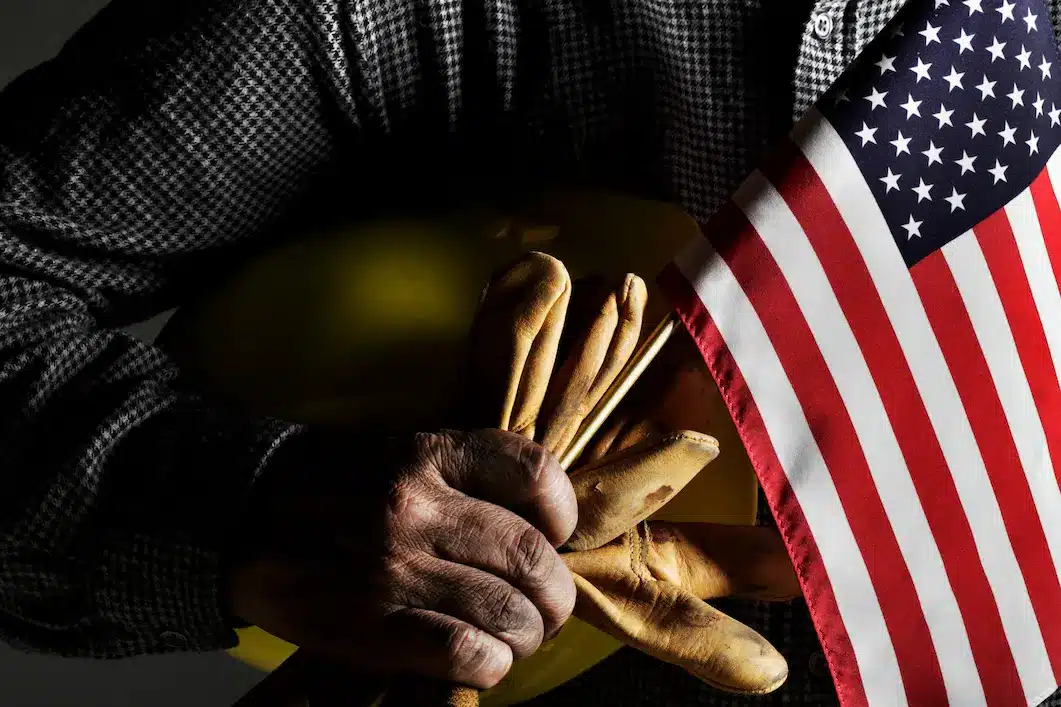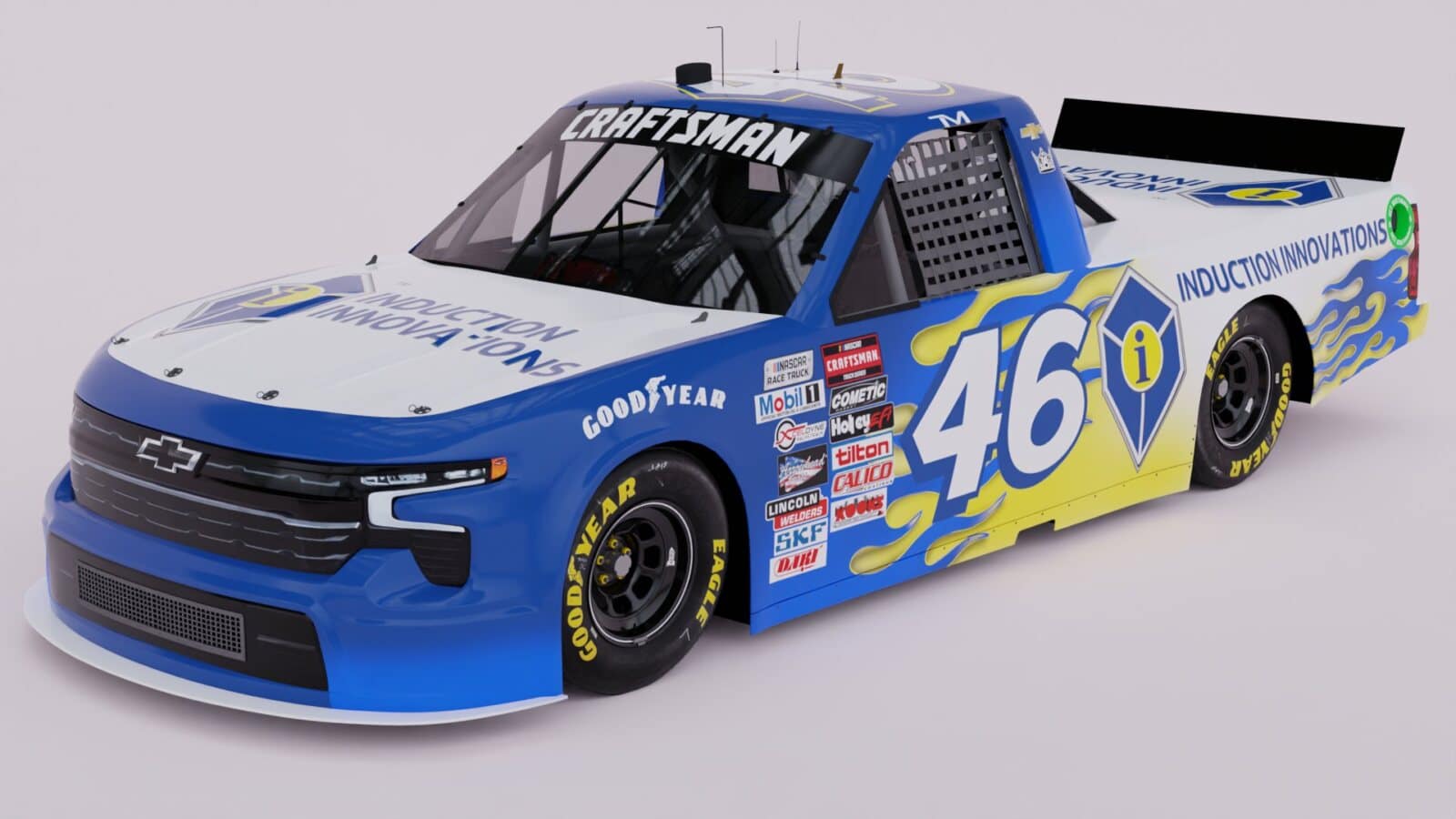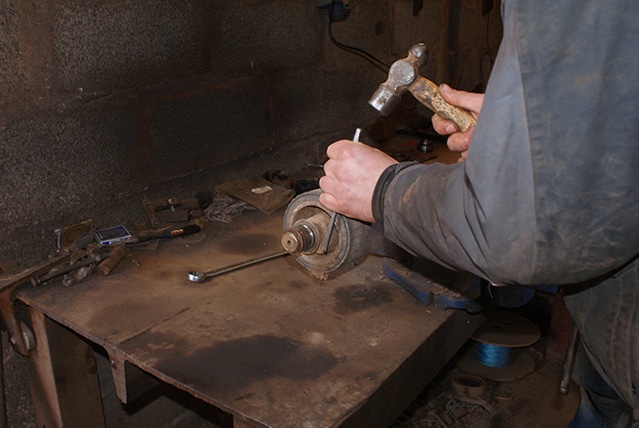In late 2007, Induction Innovations was featured and reviewed in an Auto Damage Repair Report from NPCCRS (National Property & Casualty Claims Research Services, Inc.). Below is an excerpt from the article and if you’d like to read the entire article, download it here.
Expanded Product Line
The model shown and described in ADR#348 was the Inductor Series, invented and patented by Tom Gough, a collision repair specialist of nearly 30 years, and the President of Induction Innovations, Inc. Since first introducing this product at NACE in the year 2000, Induction Innovations has sold over 6,000 units throughout North America and abroad. Additionally, as this technology has evolved, they now produce four models from which to choose (see figure 1). Several tool attachments have also been redesigned since then for improved or expanded usage.
While there are other manufacturers of induction heating systems, the method of operation and the overall results can be similar. Bear in mind, however, that other systems may require different techniques and precautions than those in this report, whereas specific manufacturer instructions should always take precedence.
How Induction Heating Works
Induction heating systems utilize a power inverter, that can use ordinary 120 volt current producing up to a 2000 Watt, high frequency alternating magnetic output that is converted by various tool attachments (work coils) designed to perform specific tasks. The magnetic field crosses a metallic, conductive surface (such as a sheet metal body panel), causing the electrons in the metal to vibrate. Kinetic energy, created by the vibrating electrons is dissipated as heat, warming any metal that is within the tool attachment’s range (approximately 1½ inches). Surfaces that are more easily magnetized will develop more heat, but has no direct effect on other non-conductive materials, such as plastic, glass, wood or cloth. Although, it is possible to damage plastic components or painted surfaces if excessive heat radiates from a metallic part.
To avoid such damage, it is advisable for an inexperienced technician to practice first, using a similar part or assembly that is to be discarded. The inverter can also be equipped with a meter that indicates the amount of power being delivered to the tool attachment that indirectly translates to the amount of heat being produced. The inverter may also be equipped with a control knob to further regulate the amount of power/heat being produced. As both hands are normally occupied when using this heating system, a foot switch is often used to turn the inverter on and off. Whereas stepping on the switch will turn the inverter on, that will remain on until foot pressure is removed, thereby turning the inverter off.




